
From shaping contemporary watch journalism to guiding the creative strategy of leading watchmakers, Stephen Pulvirent discusses how the industry has evolved, what drives authentic collecting, and why community matters most.
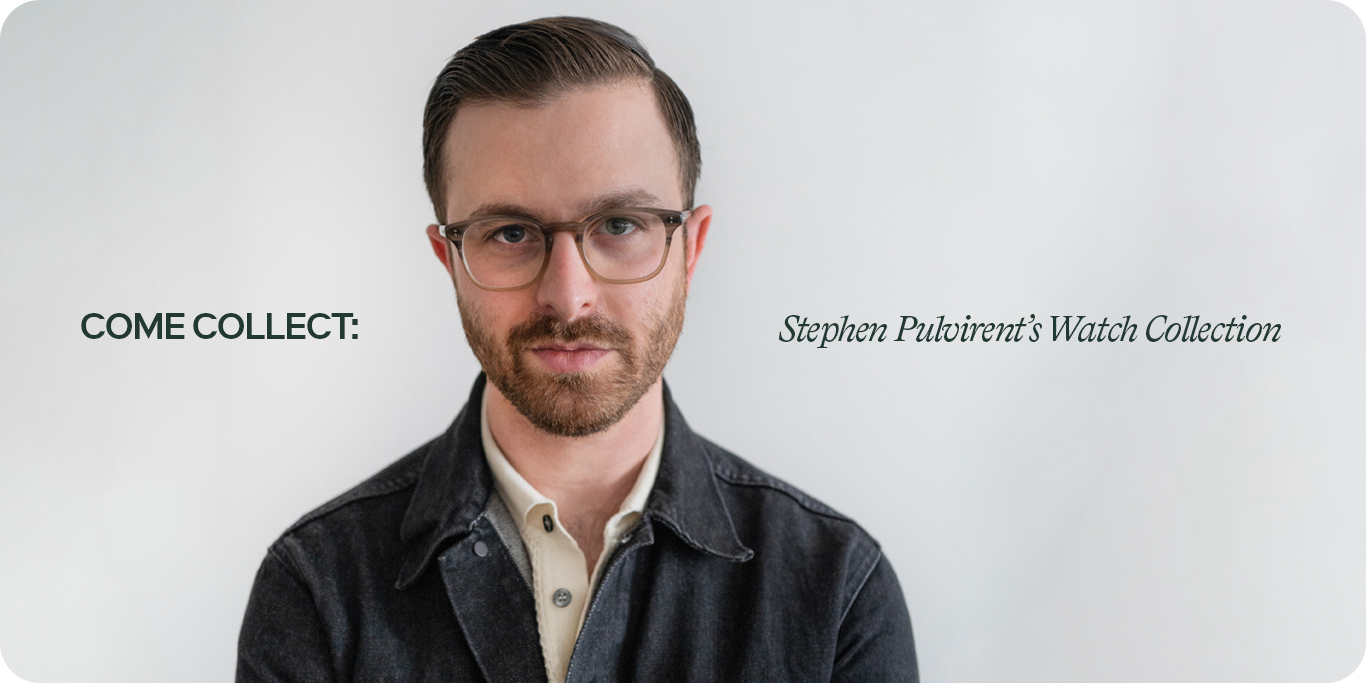
Stephen Pulvirent has been at the forefront of modern watch media since its early days. As a pioneer of modern watch media, he’s witnessed and helped shape the transformation of how we talk about, learn about, and collect watches. Today, he runs the creative agency Rime & Reason, co-hosts The Enthusiasts podcast and newsletter with Justin Hast, and continues to advocate for thoughtful, passionate watch media. His perspective combines deep industry experience with a collector's genuine enthusiasm—and a refreshingly honest take on what really matters in the watch world.
In this edition of Come Collect, Stephen shares his journey from menswear writing to watch media, reflects on how the landscape has evolved, and explains why his personal collection remains deliberately focused.
Isaac Wingold: What first drew you to watches, and when did it click that this would be something more than a passing interest?
Stephen Pulvirent: The first watch I remember being interested in was one my high school teacher wore—a young, well-dressed, stylish guy who had a Mondaine Swiss railway watch. I was really into that, and my grandmother bought me one when I graduated high school. I wore it all through college and still have it.
I started to go deeper when I was writing mostly about menswear in college—handmade bespoke things, not runway fashion. Think bespoke suits, Edward Green shoes, that kind of stuff. Watches sit nicely with that world. I had a cursory interest, but I really got into it because people started asking me to write stories about watches. That's how I started learning, and it was one of those things where once I started, I just didn't want to stop.
I found the combination of history, artistry, pop culture, and the mechanical technical sides really compelling. There's a lot to enjoy and a lot to love, and I just really enjoyed continuing to tumble down the rabbit hole.
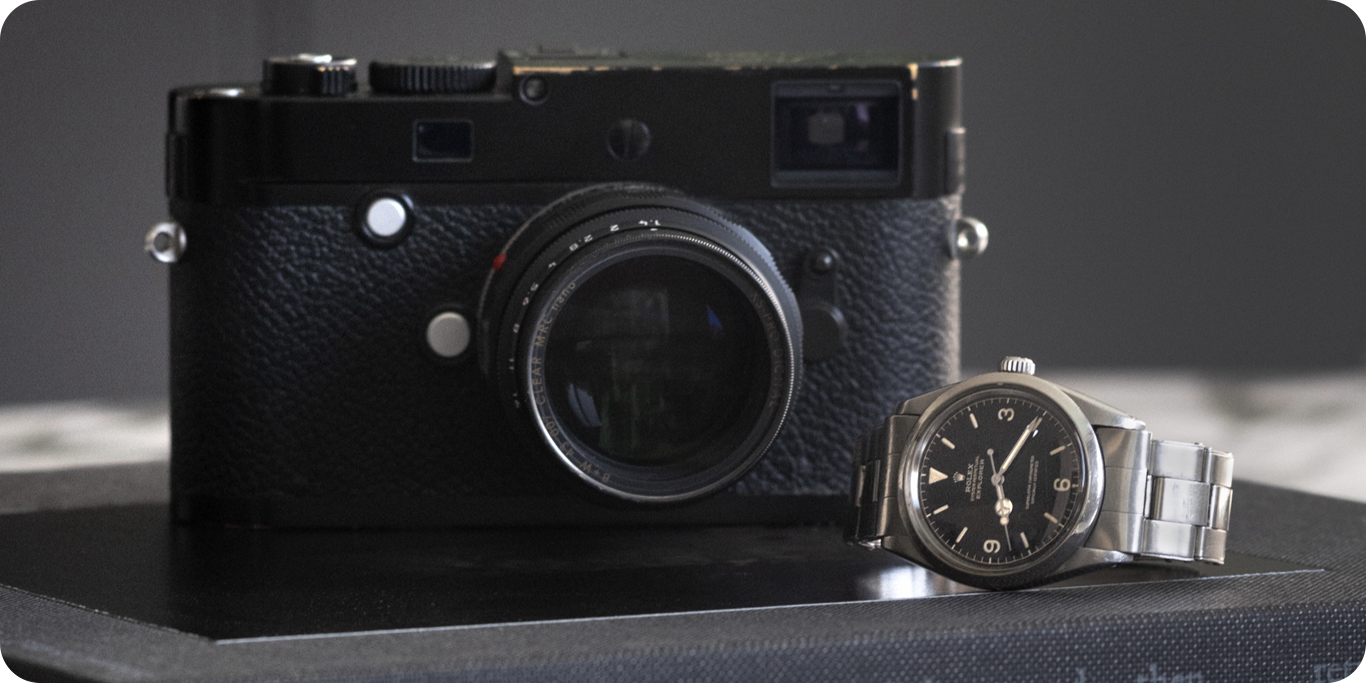
IW: As Hodinkee's first employee, you had a front-row seat to the rise of modern watch media. What was it like watching that space evolve?
SP: I was really lucky. I came to Hodinkee originally as a reader when it was just Ben and a crew of freelancers—Jason Heaton, Eric Wind, Paul Boutros—names that are still involved and around. It was really a great crew well before I arrived.
On one hand, I was watching the rise of a new kind of watch media, and on the other hand, making it happen day to day in tiny, incremental ways. We were just showing up every day and trying to do our job. I wasn't thinking about how to revolutionize things or change everything. It was about asking: What's the best story we can tell? How can we tell that story in the best way possible? How can we take the best pictures of the coolest stuff we can find?
In media, it can be tempting to think about the forest and not the trees, but I'm very interested in trees—a beautiful paragraph, an amazing photo, a thoughtful interview question. The stuff that really makes the difference for the reader or viewer when they're experiencing the content.
A lot of that change came through really small, boring things. You'd pick your head up every once in a while, take your eyes off your laptop and look around, and think, "Things are different now" or "This little thing we did a hundred times is now just the standard because it caught on."
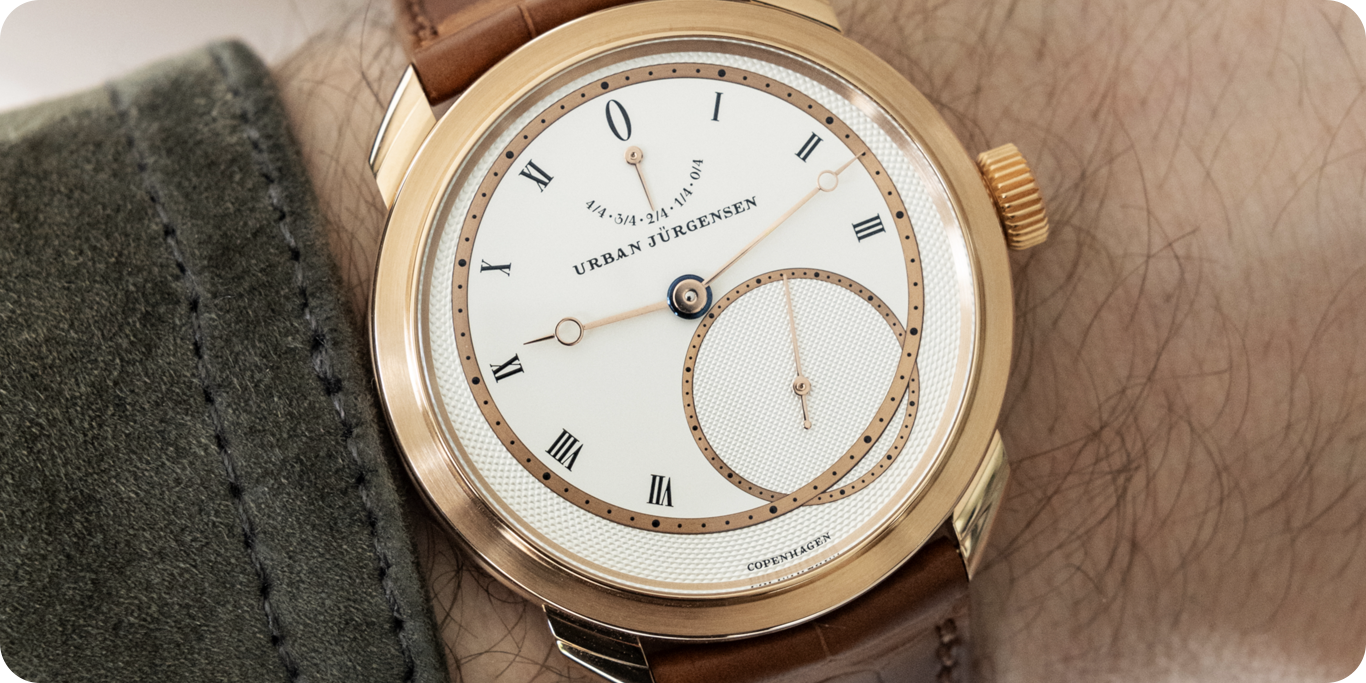
IW: How has the professionalization of watch media affected the landscape?
SP: Media has always been a tough business in terms of how to fund itself, where funding comes from, and how to deliver the best content while also making it make sense financially. A lot of the dominant watch media today started out either nonprofessional or small-scale—one or two people doing a blog on Squarespace. It didn't require a lot of infrastructure.
Then the industry decided this was big business, and money began flowing in from investors, advertisers, and people who wanted access to audiences. With the watch-buying crowd, you're talking about information for some of the wealthier people on the planet who actually spend their money. That's inevitably going to change things.
Anyone expecting a website to feel like one guy's watch blog ten years on, when it's gone from maybe tens of thousands of dollars in revenue to millions, that's just not how things work. You've got to make tradeoffs to get there.
That said, there's always room to maintain that original spirit of passion and enthusiasm that drew many of us to this world in the first place. The challenge is balancing the natural evolution of any successful media landscape with preserving what made it special initially.
As a reader and viewer, I'm drawn to content that maintains that sense of genuine excitement and discovery. When I'm taking my limited free time to read about watches, I want to feel that spark of enthusiasm that originally got me interested in this hobby.
That's part of what inspired Justin and me to launch The Enthusiasts newsletter and podcast earlier this year. We wanted to create something that captures our genuine excitement about watches and collecting, approaching it from a more personal, less formal perspective.
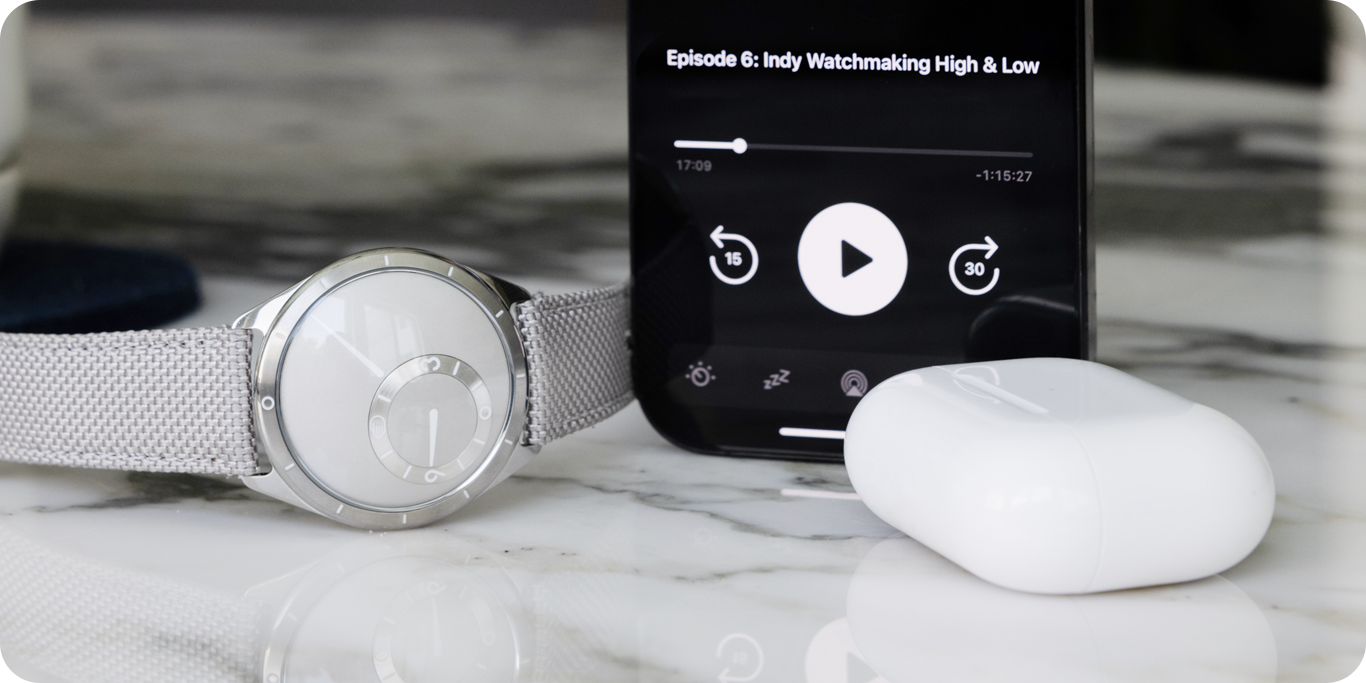
IW: Do you think the way watch media has evolved has shaped the way people collect?
SP: Absolutely, and it's both watch media and social media combined. There's definitely been a convergence around certain popular models—we've all seen the influence that platforms like Instagram have had on collecting trends. The proliferation of high-quality images and content has made certain watches much more visible and desirable.
There's a reason that pieces like the Cartier Crash have gained such momentum, or why vintage Rolex has become so popular in major cities. The media and internet landscape have played a significant role in shaping these trends.
I think this evolution has been largely positive. Collectors now have access to dramatically more information than ever before. When I got seriously into collecting in 2011-2012, resources were much more limited—you'd be buying auction catalogs on eBay and hoping for the best. You really had to seek out knowledge, find the right books, and connect with knowledgeable people.
Now, high-quality information is readily accessible. While this has certainly influenced collecting patterns, it's also created a much more informed and engaged collecting community, which is fantastic.
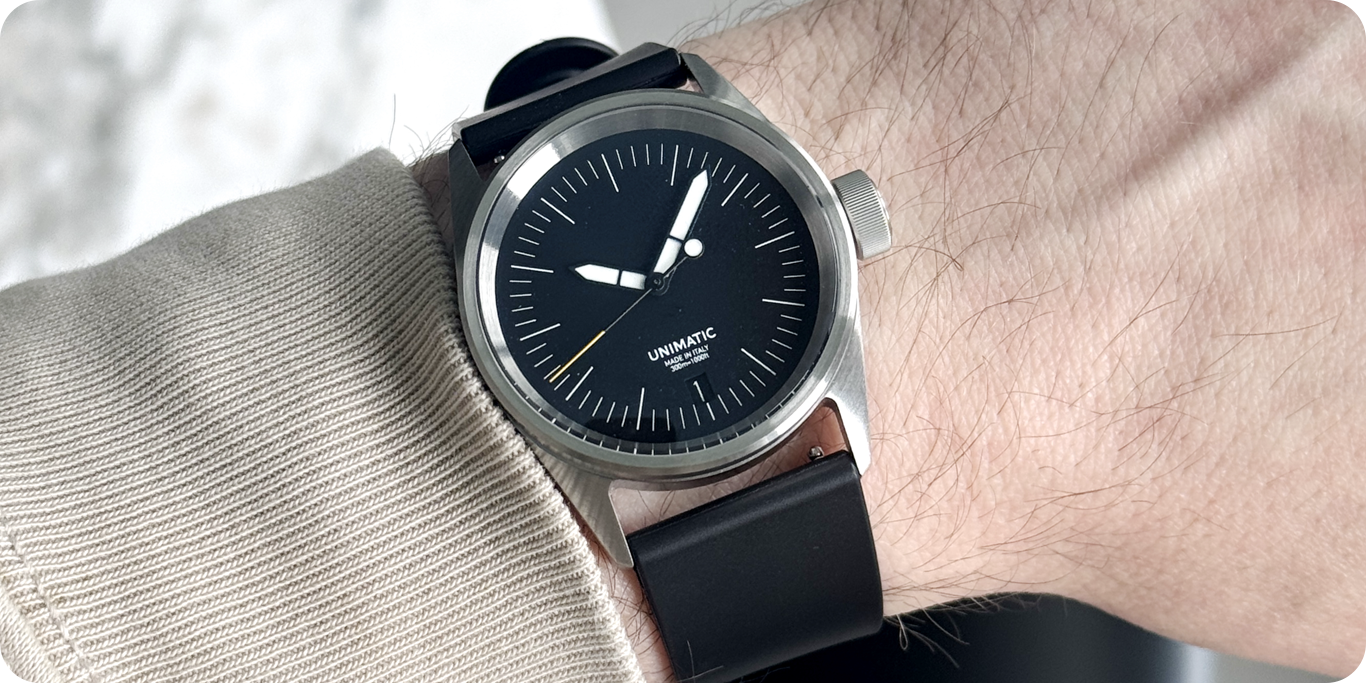
IW: How would you describe your personal collecting philosophy?
SP: I've gone through waves. When I was just getting into it, I was buying a lot of inexpensive watches and constantly buying and selling—buy something on eBay, wear it for six months, get rid of it, buy something else, maybe trade up a little bit. Then I stabilized, and for a long time, something new would come in every once in a while, but nothing really left.
Now I'm much less precious about things. Over the last couple of years, I'm much more willing to part with things I don't wear. As a collector of things in general, I'm not a hoarder. I get no pleasure from just owning something. Genuinely, I get zero pleasure from owning something and knowing it's sitting in a box.
If I get to use it on a daily basis, if I get to touch it, if it's on my wrist, if it's sitting somewhere I get to look at it—that's amazing. I really feel like if it's a good watch and it's just sitting in a closet, it should go to somebody who's going to use it. What a waste for this beautiful, special thing to just be sitting in a box.
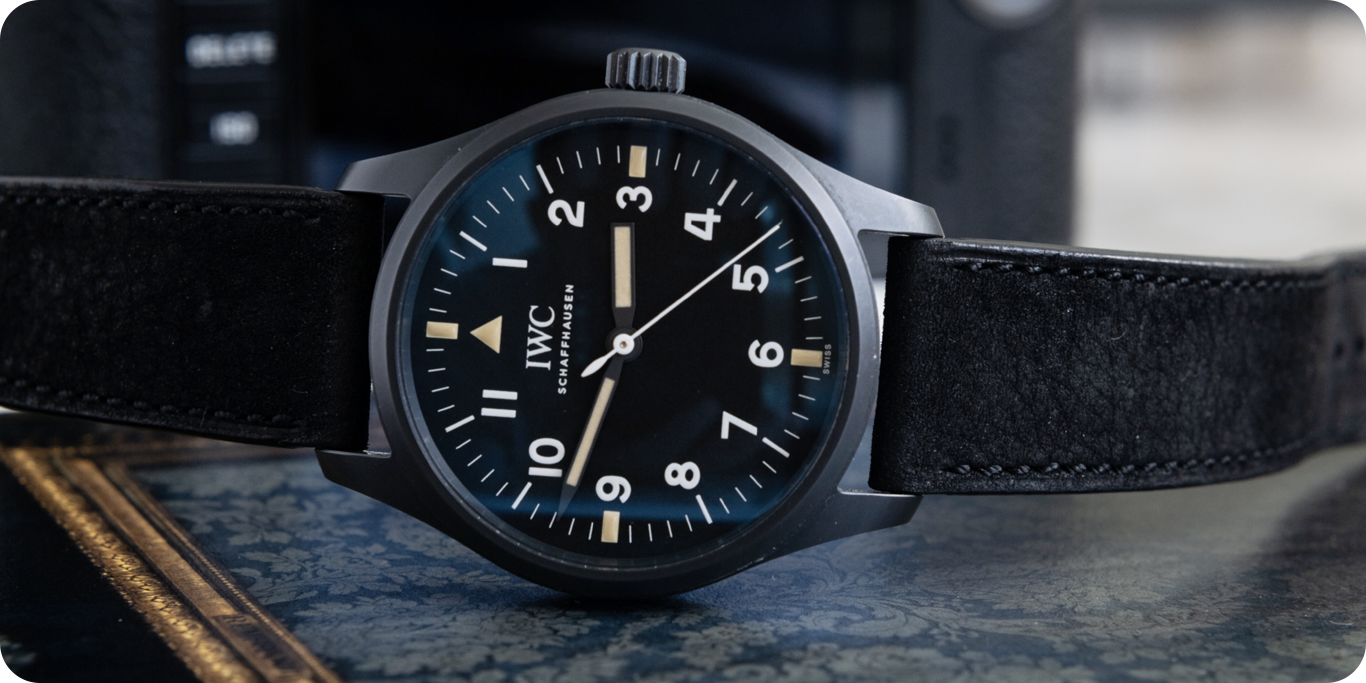
IW: What does your current collection look like?
SP: My watch collection is honestly pretty restrained. I like simple, understated things done really well—smart, tight concepts executed at a really high level, no fluff. That could be a Cartier Tank, a really beautiful IWC Pilot’s Watch, or a Ressence. It can be super classic or really avant-garde, but almost all my watches are time-only at this point. A handful have time and date, nothing more complicated than that right now.
Most of the watches I own are 35 to 39 millimeters, three hands, maybe a date. Really simple. That's what I like, that's what I wear, that's what I find myself gravitating towards consistently. I've experimented with chronographs and calendar watches over the years, but I always come back to time-only pieces—they just work better for my lifestyle and preferences.
I keep myself to around 10 or 12 serious watches at any given time. I've got a couple of G-Shocks and some quartz analog watches, but in terms of mechanical watches with four or five-figure price tags, I typically have 10 or 12 at any given time. The value is spread out relatively evenly across the collection. I prefer having a focused collection rather than accumulating pieces that don't get regular use.
If it doesn't get worn at least once or twice a month, it's gone. I have probably four or five watches that are my main rotation. I'm very lucky that because I've had a career in watches, a lot of the watches I own have real sentimental value—they're tied to an important project, somebody I worked with, an important moment in my career, a milestone. There are watches I can freely buy and sell, and then there's a handful of things that would be much harder to get rid of because of the sentimental value.
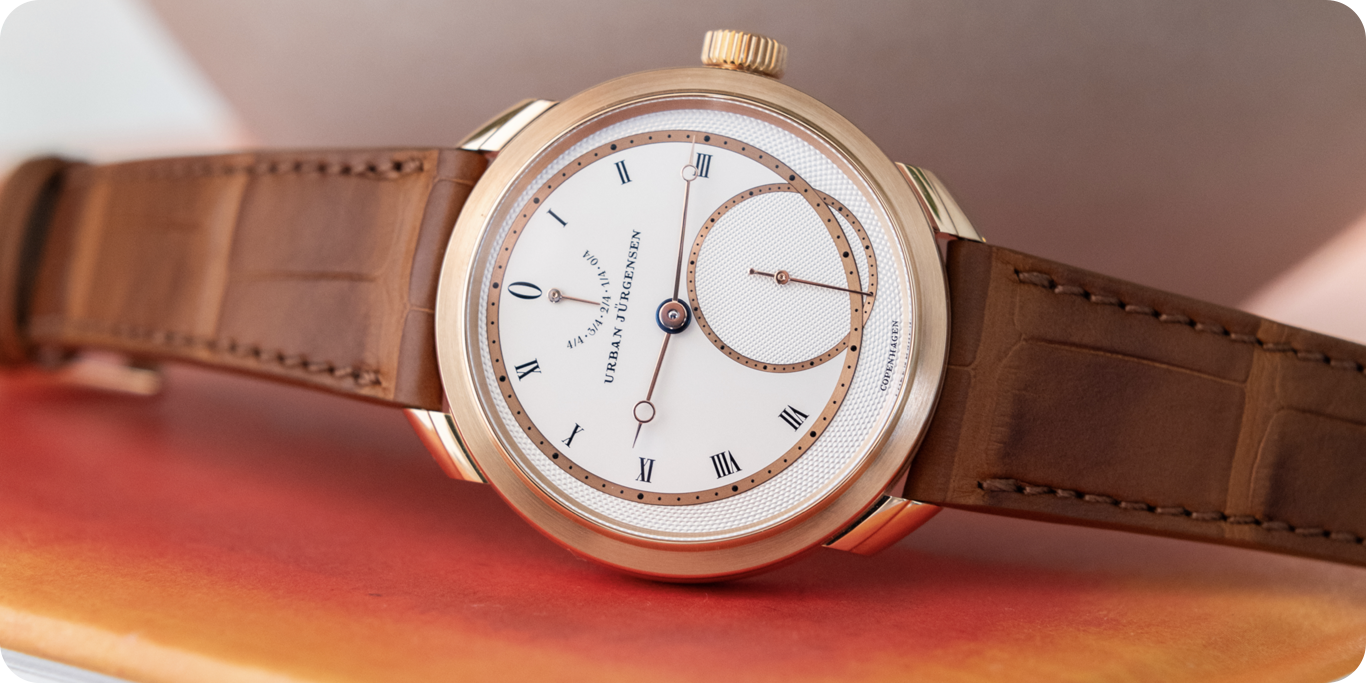
IW: I've heard about your involvement in the relaunch of Urban Jürgensen. What's that been like?
SP: I've been really fortunate to get to work with Urban Jürgensen through my agency, Rime & Reason. We've been working with them for quite a while as the new brand identity and new collections came together—over the last three and a half years. For me, it was just a dream project when they reached out. It's a brand I've always loved, a brand that I think has had some ups and downs over the years, and one that’s maybe been underutilized over the last decade.
To get to play a part in it and see it come to be what it is now was really special. The big relaunch event was here in LA, which was awesome. I can take an extremely tiny ring of credit—everything else goes to the hundreds of people who really made it happen.
To have the watch world descend on LA for this special moment was quite nice. It was really cool to be able to do it so close to home and to finally share this stuff. I've been lucky to see these watches take shape, to have those conversations with the folks inside the company, and to now have them out in the world and see everybody else experience them and understand all the work and thought that's been put into them.
This is truly just the start. Everybody involved in that brand, from the co-CEOs Kari and Alex, down to creative partners like Ellen von Unwerth, the legendary photographer who shot and is continuing to shoot campaigns, down to the watchmakers—it's awesome. I'm so happy to see it take shape.
IW: It feels like they're approaching watchmaking in a genuinely considered manner. What's that like in today's market?
SP: What I appreciate about Urban Jürgensen is their balance between sincerity and playfulness. Everything is being done thoughtfully, but with a sense of lightness too. The concept that "time spent beautifully" is a real goal in life—feeling at the end of the day like you spent your time doing things that are worthwhile and fulfilling—is genuinely beautiful and important.
I think Urban Jürgensen's focus on the substance and meaning that defines their watches, rather than just the technical specifications, is really compelling. The luxury watch world can sometimes take itself very seriously, and while these pieces absolutely represent incredible craftsmanship and tradition, ultimately, the thing that matters most is the emotional connection. Does it make you smile when you look at it? Does it enhance your daily experience? That's what really counts.
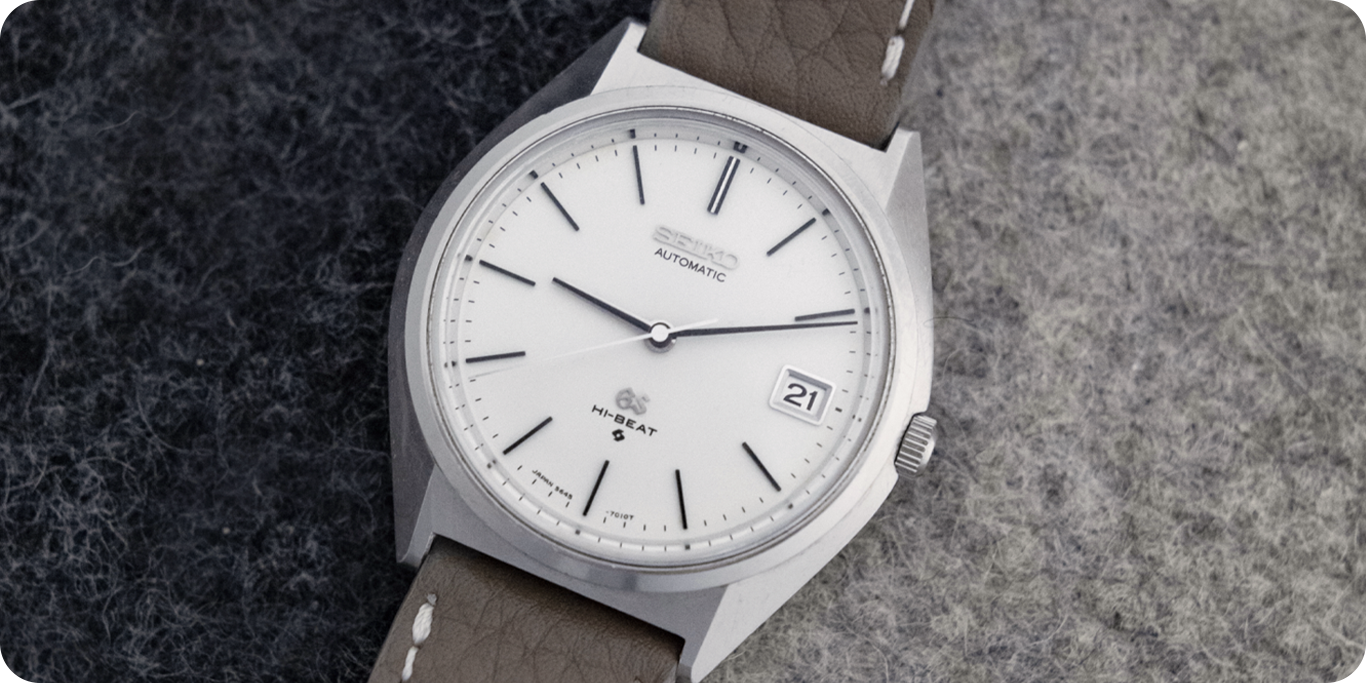
IW: Are there any other underappreciated brands or models you think deserve more love from collectors?
SP: We’re in this strange market where it’s hard for things to be truly underappreciated because there’s just so much information and discovery happening constantly.
That said, vintage Grand Seiko, which is a personal passion of mine, is still quite underappreciated. Prices for a handful of models have been going up—44GS models are more expensive, and I wish I’d bought one five years ago—but there’s still a lot of vintage Seiko and Grand Seiko out there that you can buy for relatively reasonable prices and get tremendous enjoyment from.
I also think Universal Genève vintage pieces are going to get even harder to buy over the next couple of years as that brand gains more attention.
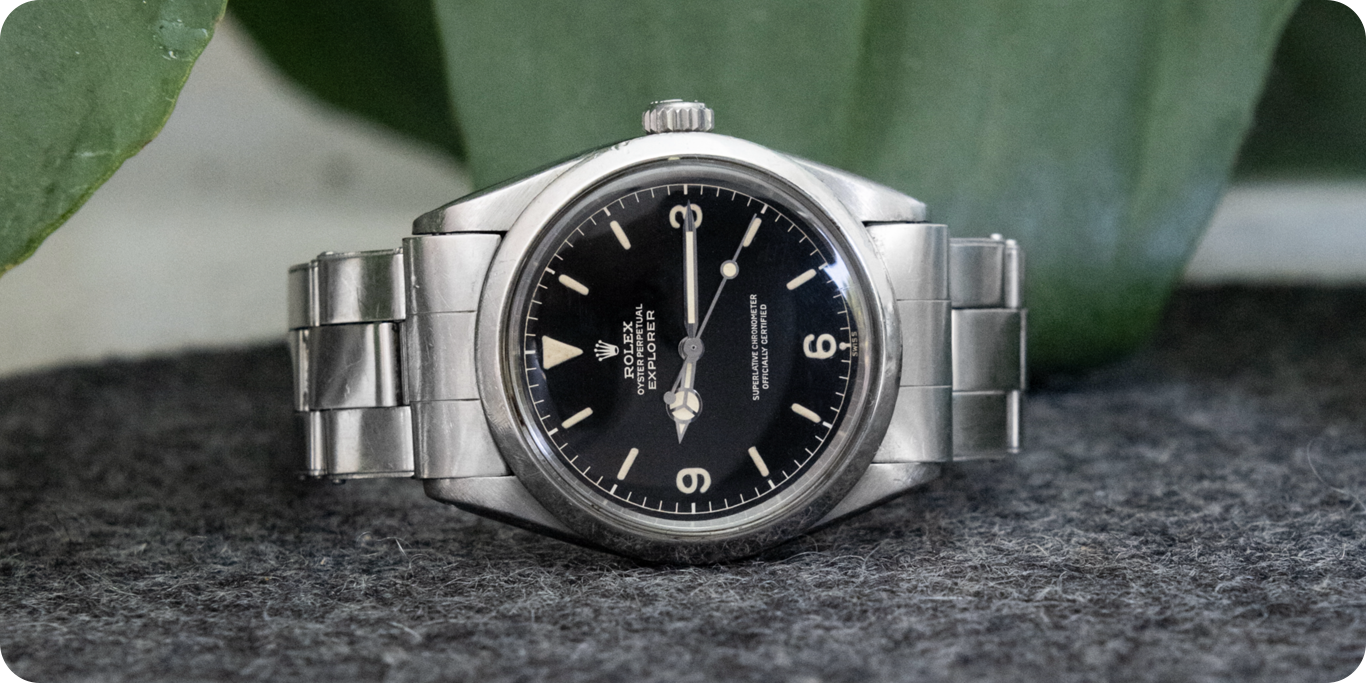
IW: For someone just getting into watches, what would your advice be?
SP: Two things: read books and go to events. I still don't think there's anything that can replace that combination. There is tons of great content on Instagram, TikTok, and online—that's all valuable and can certainly be part of your learning journey. But I'd recommend getting a handful of quality books, really studying them, and then attending watch events where you can talk to people and handle watches in person.
There's still no replacement for seeing watches in the metal, understanding what they should look like, and connecting with people who have deep knowledge and experience. That's honestly what I try to do at every watch event—seek out people who know more than I do and learn from their perspectives. You'll find that most enthusiasts are friendly and excited to share their knowledge and experiences.
That's how you become part of the community, rather than just someone who owns some watches. The real value in this hobby comes when you become part of the broader collecting community, and that requires getting out into the world and meeting people.
You'll make better purchasing decisions when you have that hands-on experience and community knowledge, and you'll also have a much richer experience overall. I've learned new things about watches I already own from talking to other collectors. The relationships you build through watches can become genuinely meaningful friendships that extend far beyond collecting.
IW: That speaks to something deeper about what collecting really means beyond just accumulating objects.
SP: Exactly. I have friends who I rarely even talk about watches with at this point. Those relationships have totally transcended the jumping-off point. That's the real value in all of this.
Have someone in mind that you'd like to see featured? Interested in submitting a story of your own? Reach out to us at editorial@getbezel.com.
- Isaac Wingold
About Bezel
Bezel is the top-rated marketplace for buying and selling luxury watches. We give you access to tens of thousands of the most collectible watches from the world's top professional sellers and private collectors. Every watch sold goes through our industry-leading in-house authentication process, so you can buy, sell, and bid with confidence.
Download the Bezel app on the iOS App Store or start searching for your next watch today at getbezel.com.
Bezel is available to download on the App Store now. Please reach out to our concierge team if there is anything we can help you with!